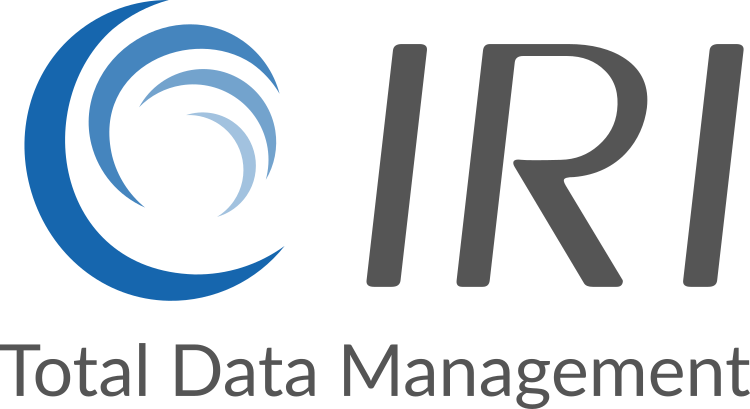IRI FieldShield FAQ
IRI FieldShield is a data masking solution for structured data that helps organizations discover, classify, and protect sensitive fields in databases and flat files.
FieldShield supports relational databases (e.g., Oracle, SQL Server, MySQL), flat files (CSV, LDIF, XML), and structured data in big data environments.
FieldShield offers encryption, hashing, redaction, pseudonymization, randomization, and custom masking functions to protect sensitive data.
FieldShield supports compliance with GDPR, HIPAA, PCI DSS, and other regulations by enabling automated discovery, masking, and audit logging of sensitive data.
Yes, FieldShield can be integrated via command-line scripts, batch jobs, and APIs. It also works within the IRI Workbench GUI and Voracity platform.
Yes, FieldShield supports deterministic masking to ensure consistent obfuscation of values across sources and time.
Yes, FieldShield can be used with IRI Ripcurrent for real-time masking during database replication.
FieldShield runs on Windows, Linux, and Unix systems, and supports deployment on-premises or in cloud environments like AWS, Azure, and GCP.
FieldShield uses pattern matching, dictionary lookups, metadata analysis, and classification rules to identify sensitive fields.
Yes, FieldShield produces XML audit logs that detail masking operations and support compliance verification.
Yes, FieldShield includes tools to assess re-identification risk and ensure data anonymization meets regulatory standards.
Yes, FieldShield is ideal for creating realistic, masked test data sets that preserve referential integrity.
FieldShield focuses on structured data masking, while DarkShield handles unstructured and semi-structured data like documents and images.
Yes, FieldShield is included in Voracity and interoperates with other IRI tools like CoSort, RowGen, and NextForm.
FieldShield is developed and supported by Innovative Routines International (IRI), with technical assistance, updates, training, and documentation.
FieldShield is licensed perpetually or via subscription, with pricing based on data volume, deployment model, and integration needs.


